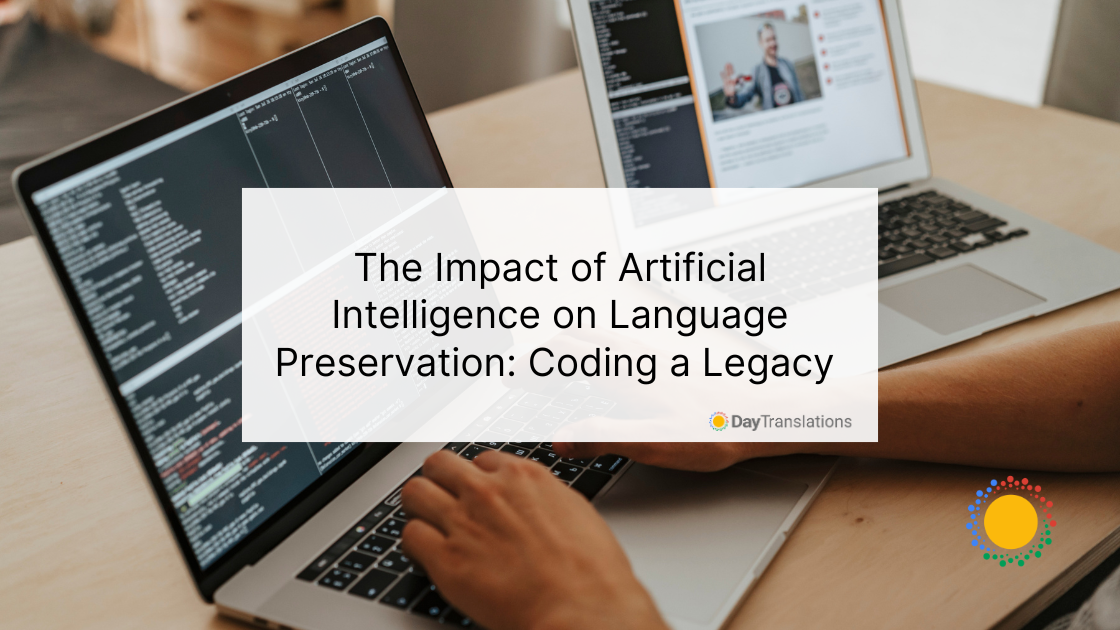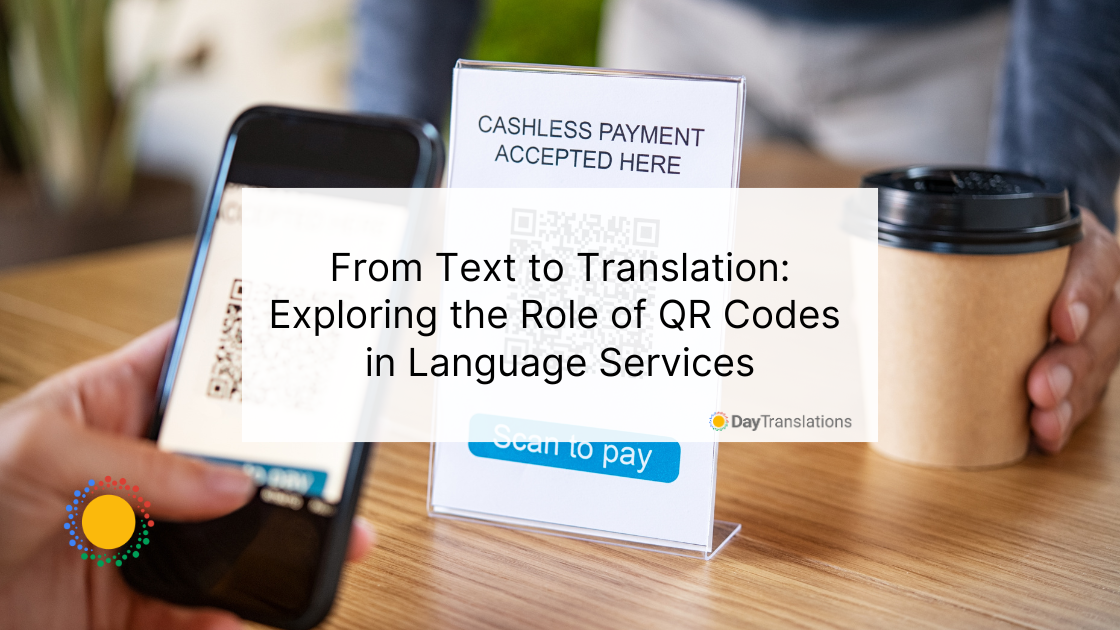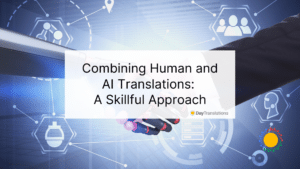At first glance, AI is a frightening thing—so much so that over 75% of people are concerned about it disseminating misinformation. But underneath all the fears and scenes from the Terminator franchise, it also offers a novel way to connect with the past—imagine how much of our history has been lost, only because we humans are often unable to manually preserve ancient, complex, and endangered languages. AI, however, is more than capable of such a task. In this post, we’ll explore the impact of artificial intelligence on language preservation and the benefits AI brings to the proverbial table!
The Importance of Preserving Historic Languages
Despite our best efforts, many languages are on their deathbed, such as:
Ainu (Japan)
This is a language indigenous to the northern region of Japan, primarily Hokkaido. Historically marginalized, Ainu speakers have dwindled significantly, leading to its classification as critically endangered. The language’s decline was exacerbated by assimilation policies that discouraged its use in favor of the Japanese.
Livonian (Latvia)
Livonian, belonging to the Finnic branch of the Uralic language family, is critically endangered, spoken by fewer than ten fluent speakers. Native to Latvia, its decline is attributed to historical pressures from dominant cultures and languages. Despite its endangered status, there is a passionate revival movement in place.
Chamicuro (Peru)
Chamicuro is a nearly extinct language with only a handful of speakers left, all of whom are elderly. It is spoken in the Amazonas region of Peru and has no known fluent speakers under the age of 70. This Arawakan language suffers from a lack of intergenerational transmission, with younger community members adopting Spanish instead.
These three are just a few of the languages classified as ‘endangered’ or ‘about to be extinct,’ which comprise a whopping 43% of the world’s 6,000. Right off the bat, that’s a lot of data that must be analyzed, and if anyone’s good at crunching it, it’s AI.
So, whether languages die out because of a lack of cultural preservation, repression, or the effects of a lingua franca, we are desperate for ways to save these linguistic gems from vanishing.
AI: The Language Resuscitator?
AI processes are more linguistically effective than ever, thanks to recent improvements in the domains of voice recognition and natural language processing—the art of bestowing the ability to use and grasp language onto machines.
And as we mentioned earlier, language is nothing more than data that AI can sift through with ease, allowing languages to be translated, deciphered, and stored for posterity. As an example, OBTranslate, created by Nigerian innovator Gabriel Emmanuel, is translating and saving the 2,000+ languages spoken in Africa’s 54 countries.
Other AI tools are saving Louisiana Creole, and many aboriginal languages with only one or a few extant speakers. Additionally, translational technologies from tech giants like Microsoft and Google are saving linguists from performing countless hours of transcription.
Harnessing the Power of Analytics
In an encouraging trend, the younger generations are quickly and effectively learning to code and create their own language-saving AIs through coding camps and other interactive opportunities. At the Lakota AI Code Camp, a three-week course, young students are taught Python, data science, machine learning, and app development in less than a month.
The results can be vital for the future of language, as these camps can help students discover a talent and ambition for linguistic preservation. And it couldn’t have come sooner, as it’s projected that half of the world’s languages will become extinct in the next 80 or so years. If not saved, these fading languages and the culture they preserve could be lost forever.
The digital realm also drives engagement, with AI processes used to craft personalized lesson plans or interactive activities to engage students and learners with various learning levels or styles. It can then supply custom feedback, track progress, and help with challenging aspects like pronunciation.
Likewise, with the advent of DALL-E and similar visually-oriented LLMs, we’ll see an increase in the use of AI in data preparation, especially when it comes to analyzing and translating historical texts, leaving the syntax itself to the AI while letting humans tackle the context.
The Impact of Artificial Intelligence on Language Preservation
Although it sounds like something out of a Star Trek episode, rest assured—it’s already begun.
In Australia, the ARC Centre of Excellence for the Dynamics of Language (CoEDL) has designed a language-saving robot built on TensorFlow, an open-source Python library for AI and ML. The robot, Opie, is designed to conserve indigenous languages and teach them to children through stories, lessons, and games.
In New Zealand, student Jason Lovell built a Facebook chatbot, Reobot, to help people learn and conserve the Māori language called ‘te reo.’ In addition to preserving language, this example highlights a positive development: the accessibility of technology means that anyone can now build their own AI entity.
Interaction is one of the best ways to learn, and a combination of technologies can create new modes of learning. Through virtual reality (VR), language lovers can experience immersive adventures and virtual tourism in a simulated environment, all through immersive localization that’s a result of AI-generated text-to-speech (TTS) translations.
Reviving History
Additionally, AI may help revive dead languages whose traces remain throughout history. Archaeologists and natural language processing (NLP) scientists are working together to decipher and catalog thousands of ancient sources, including scrolls, cuneiform tablets, and other historical writings.
AI isn’t just used to preserve ancient languages but also to decode them while sparing precious artifacts. For example, scientists used artificial intelligence to read a 2,000-year-old, ash-covered scroll discovered at Vesuvius.
The scroll, named Banana Boy due to its size and shape, was found in a Roman villa that may have belonged to the father-in-law of the famed Julius Caesar. The scorched scroll talked of fine things, musing over music, food, and how to enjoy the pleasures of life.
Delving back in time, the possibilities are endlessly exciting. With more coding-oriented LLMs, we might see historical linguistics experts use them to set up document generation systems that will generate, compare, and, ultimately, grade different translations of the same text.
Imagine approaching the Dead Sea Scrolls or the Bible in this manner, allowing the model to sift through ancient metaphors and similes, trying to bring a bit of meaning from over yonder into today’s context.
Bridging Cultures
AI could be most helpful, but it is also most challenging when dealing with intricate, oral languages that have no written form.
Some of these languages rely on aspects not found in the majority of dominant languages, including tone marking, vowel harmony, specific contexts, and changing tones. Being able to analyze and save these tricky languages that fluctuate in tone or context will also yield bi-directional benefits by improving the effectiveness of AI.
Most importantly, AI has the capability to ensure literal accuracy through culture-specific translations. Nuances of meanings can often get lost when shifting from one language to another, but AI processes can draw on vast datasets to provide the most precise translations.
Coding a Global Legacy
Modern innovations are not always conducive to traditional practices, including indigenous or older ways of communication, however, they offer the means to preserve languages and cultures.
AI can decipher, document, and teach the vocabulary, grammar, and culture of dying or bygone languages, helping to save their knowledge and intrinsic value for the enjoyment and education of all future generations.
Author Bio
Nahla Davies
Author and Editor of NahlaWrites.com












Sorry, the comment form is closed at this time.